
Market participant wait for two key reports this week; GDP and PCE
Analysts and investors are waiting for two critical government reports due out on Wednesday and Thursday of this week. On Wednesday the Bureau of Economic Analysis (BEA) will release its latest numbers on real GDP which will be followed on Thursday by the PCE for May 2022.
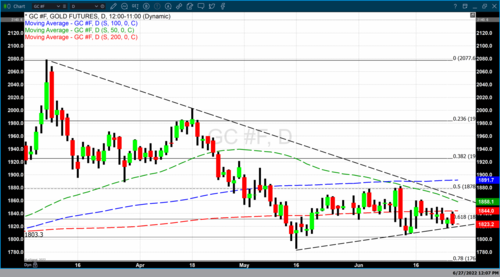
Concerns over a potential recession which will either be confirmed or negated by Wednesday’s GDP report. These concerns took both the dollar and gold lower today. As of 5:35 PM EDT gold futures basis, the most active August 2022 contract is trading $6.30 (-0.34%) lower and currently fixed at $1824 per ounce. The dollar lost 0.244 points today taking the dollar index to 103.715.
According to a report by Dr. David Kelly, Chief Global Strategist at J.P. Morgan asset management, “1Q22 Real GDP showed the economy contracted at a 1.5% annual rate in 1Q22, a deceleration from the boomy 4Q21. Weakness was primarily led by volatile trade and inventory data. Trade subtracted 3.2% from overall GDP growth as exports fell sharply and imports soared.”
The report also said that first-quarter 2022 earnings have held up better than expected. However, inflation continues to far exceed the FOMC’s 2% target with the May CPI report indicating hotter than expected inflation despite hopes by the Federal Reserve that it would moderate.
He concluded the following; first, the Federal Reserve could push the economy into a recession if it over-tightens in response to supply-driven inflation. Secondly, heightened geopolitical tensions with Russia could result in continued energy shortages, low consumer confidence, and dampening growth. Lastly, he concluded that markets may remain depressed and volatile until investors receive clarity on inflation and the Fed.
The other key report which will be released on Thursday is the PCE price index for May. The PCE for April revealed a slight uptick in core inflation increasing by 0.2% month over month. However. This was a decrease from the increase in March which came in at a 0.9% increase in MoM.
Although we will have to wait until Thursday for the official PCE price index from the BEA, last week they reported that “The U.S. current-account deficit widened by $66.6 billion, or 29.6 percent, to $291.4 billion in the first quarter of 2022, according to statistics released today by the U.S. Bureau of Economic Analysis. The revised fourth-quarter deficit was $224.8 billion. The first-quarter deficit was 4.8 percent of current-dollar gross domestic product, up from 3.7 percent in the fourth quarter.”
August gold opened at $1839.60 today and traded to a high of $1842.80. Today’s high was $1.10 below the 200-day moving average which is currently fixed at $1843.90. This puts the first level of resistance in gold at the 200-day moving average. Above that, there is resistance at $1850.40, the highest value gold achieved in trading last week. Our technical studies indicate that major resistance is currently at $1882 which corresponds to the highest value of gold achieved this month on June 13.
Strong support for gold does not occur until $1805 with major support at $1786.20. Both levels of support are based upon recent price lows.
By Gary Wagner
Contributing to kitco.com
Time to buy Gold and Silver on the dips
Tim Moseley


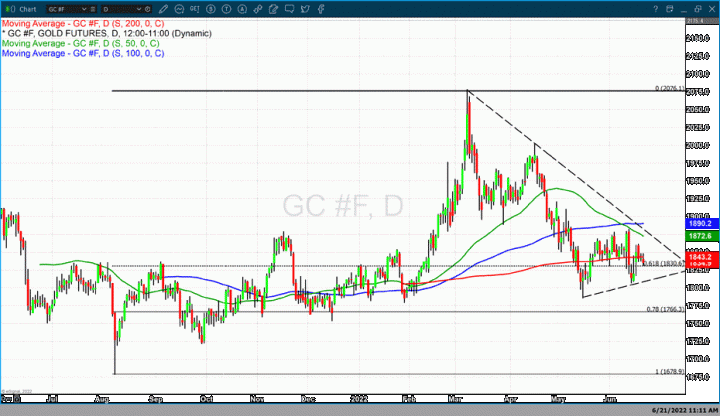
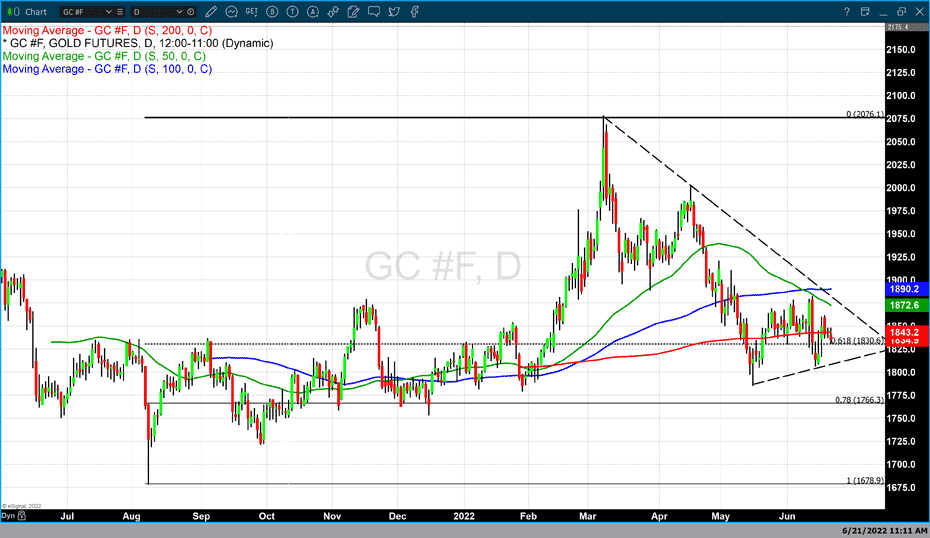
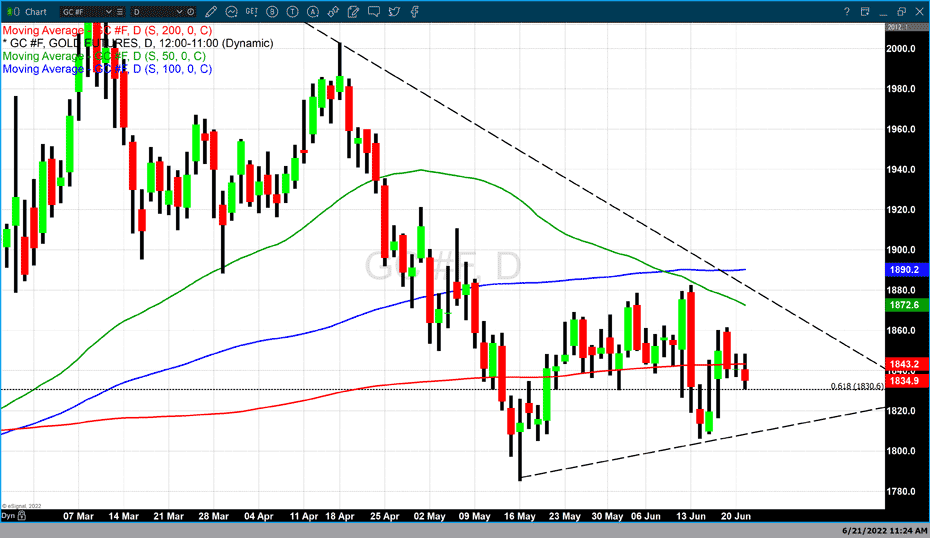

.gif)


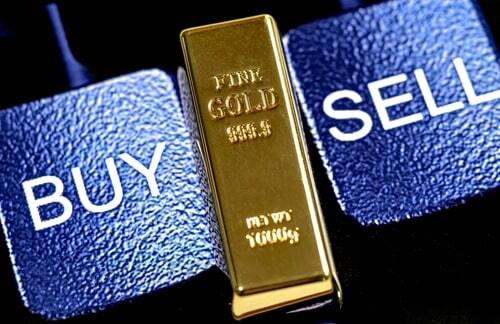
 What's next for crypto after 'perfect storm' crashes prices? Ethereum's market cap is 'orders of magnitude higher' than Bitcoin — Messari
What's next for crypto after 'perfect storm' crashes prices? Ethereum's market cap is 'orders of magnitude higher' than Bitcoin — Messari
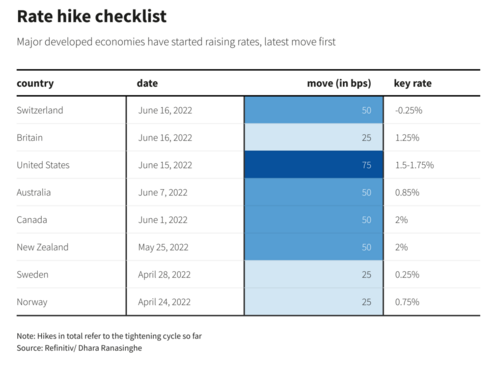
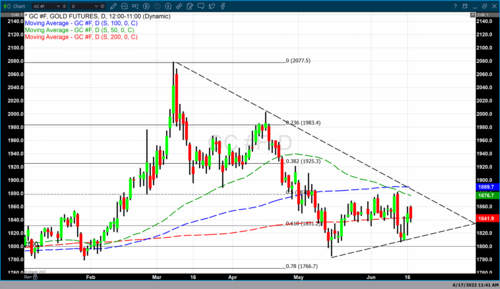
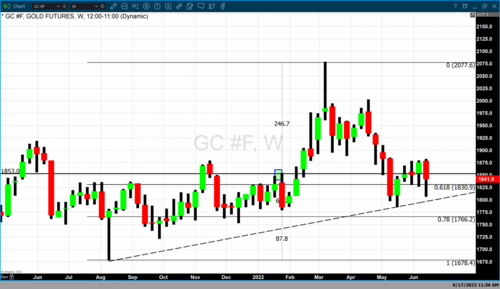
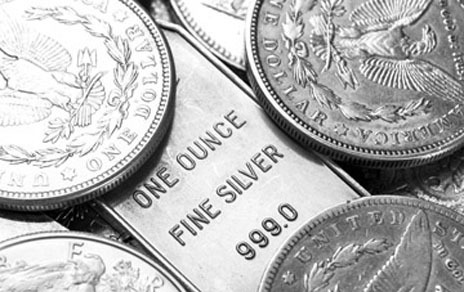
.jpg)
 Gold hasn't lost its luster even as the Fed continues to raise rates – State Street's George Milling-Stanley
Gold hasn't lost its luster even as the Fed continues to raise rates – State Street's George Milling-Stanley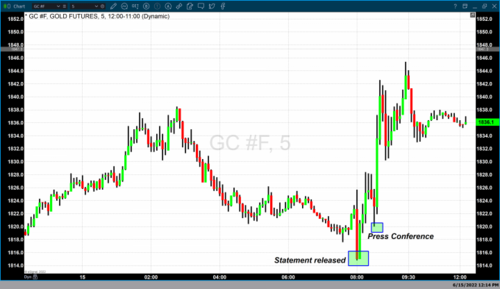

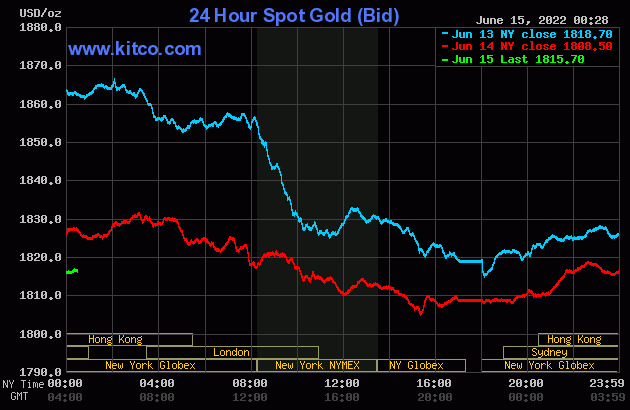

.gif)
.gif)